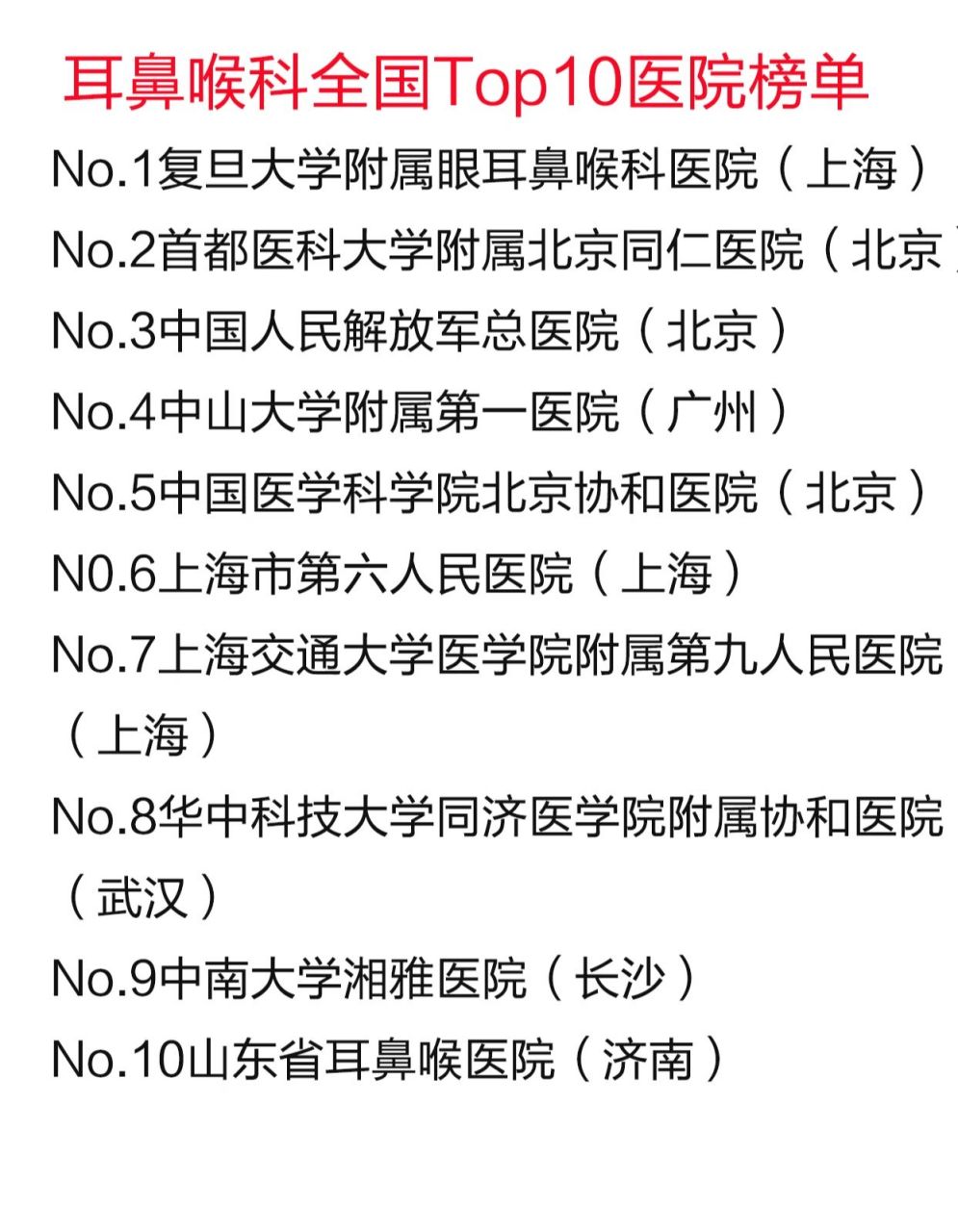The treatment goals for rheumatoid arthritis (RA) are multifaceted, aiming to manage symptoms, slow disease progression, and improve quality of life. Here are the key objectives:
1. Control Inflammation: Reduce joint inflammation to alleviate pain and swelling, which is central to managing RA.
2. Relieve Symptoms: Minimize pain, stiffness, and fatigue to enhance daily functioning and well-being.
3. Prevent Joint Damage: Slow or halt the progression of joint damage to maintain joint function and structure.
4. Improve Physical Function: Maintain or improve mobility and physical function to enable participation in daily activities.
5. Achieve Remission: Strive for disease remission, where symptoms are minimal or absent, and disease activity is low.
6. Prevent Complications: Monitor and manage potential complications, such as cardiovascular disease and osteoporosis, associated with RA.
7. Enhance Quality of Life: Support overall health and well-being, including mental health, to improve the quality of life for individuals with RA.
Treatment typically involves a combination of medications, physical therapy, lifestyle modifications, and regular monitoring to achieve these goals.
The therapeutic purpose of rheumatoid arthritis(风湿性关节炎的治疗目的)
相关推荐
-
 Beijing treats children with intellectual disabilities,北京治疗小儿弱智
Beijing treats children with intellectual disabilities,北京治疗小儿弱智 -
 Price for treating coffee spots(治疗咖啡斑价钱)
Price for treating coffee spots(治疗咖啡斑价钱) -
 National Ear, Nose and Throat Hospital for Treatment(全国治疗耳鼻喉医院)
National Ear, Nose and Throat Hospital for Treatment(全国治疗耳鼻喉医院) -
 Targeted therapy resistance in lung cancer(肺癌靶向治疗耐药)
Targeted therapy resistance in lung cancer(肺癌靶向治疗耐药) -
 Japanese treatment for dilated cardiomyopathy(日本治疗扩心病)
Japanese treatment for dilated cardiomyopathy(日本治疗扩心病) -
 Fruits for treating hemorrhoids(治疗痔疮的水果)
Fruits for treating hemorrhoids(治疗痔疮的水果)


